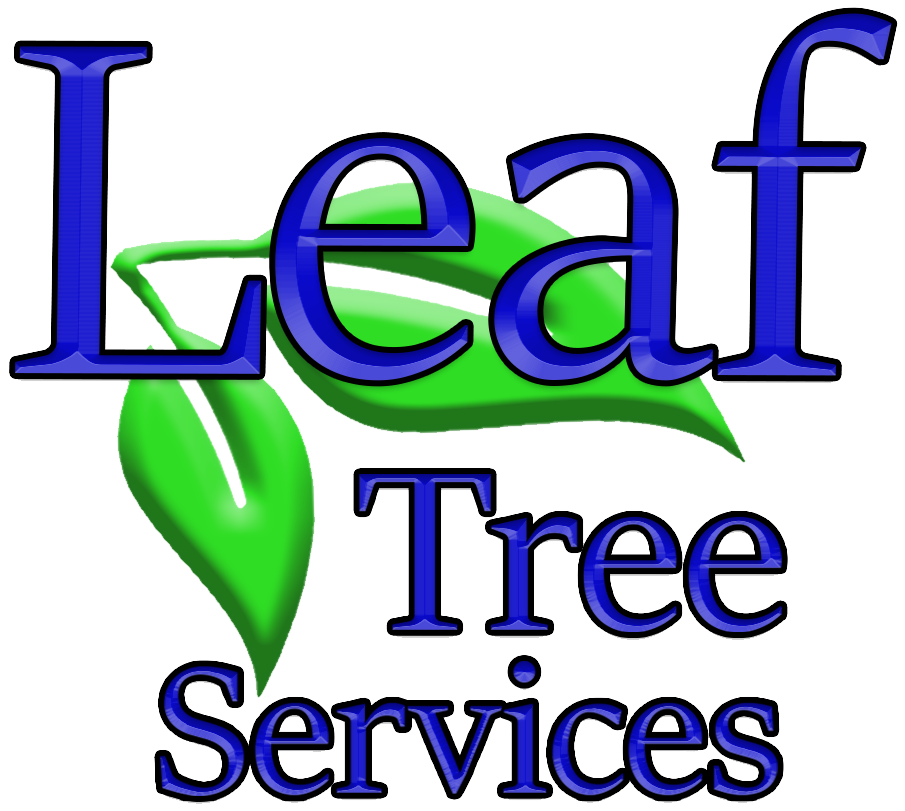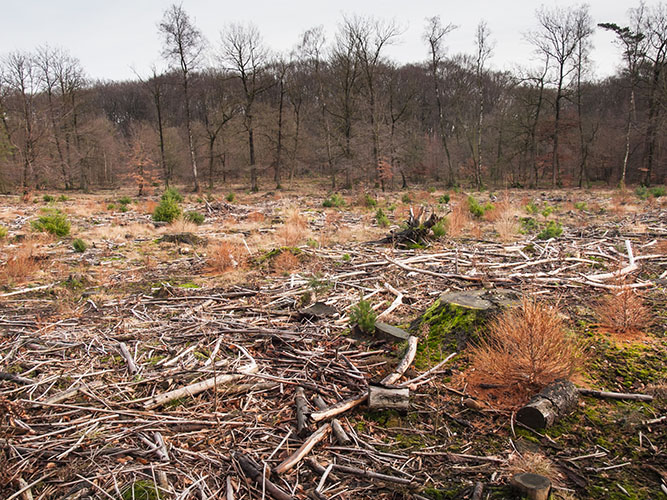Land clearing experts can help you understand the entire process
Land clearing in Round Rock and Austin TX can help you understand all you need to know about the process. This is an essential aspect of property management and development. Whether you’re preparing a site for construction, agricultural purposes, or reclaiming overgrown land, the process involves removing vegetation, trees, rocks, and other obstacles from the area. At Leaf Tree Services, we understand the importance of clearing and have compiled a list of frequently asked questions to help you better understand the process.
1. What is Land Clearing?
This refers to the removal of vegetation, trees, debris, and other obstacles from a designated area of land. This process is typically done to prepare the land for various purposes, including construction, agriculture, landscaping, and fire prevention.
2. Why is Land Clearing Necessary?
This is necessary for several reasons. Firstly, it creates space for development projects such as building construction, roadways, or agricultural fields. Secondly, it helps improve land usability by removing overgrown vegetation and invasive species. Additionally, clearing can enhance property aesthetics and increase property value.
3. What Methods are Used for Land Clearing?
There are several methods used for clearing, depending on the size of the area, the type of vegetation, and the intended land use. Some common methods include:
- Clearing with heavy machinery such as bulldozers, excavators, and forestry mulchers.
- Manual clearing using chainsaws, axes, and other hand tools.
- Chemical clearing, which involves the use of herbicides to kill vegetation.
Each method has its advantages and is chosen based on the specific requirements of the project.
4. Is Land Clearing Harmful to the Environment?
While it can have environmental impacts, such as habitat disruption and soil erosion, it can be done responsibly to minimize these effects. At Leaf Tree Services, we prioritize sustainable land management practices and take measures to minimize environmental damage during the clearing process. This may include selective clearing to preserve native vegetation, erosion control measures, and reforestation efforts.
5. How Long Does Land Clearing Take?
The duration of clearing depends on various factors, including the size of the area, the density of vegetation, and the chosen clearing method. Small-scale clearing projects may be completed in a matter of days, while larger projects may take weeks or even months to complete. Our team at Leaf Tree Services works efficiently to complete projects promptly while ensuring quality results.
6. What Happens to the Cleared Vegetation?
After vegetation is cleared from the land, it can be repurposed or disposed of in several ways. In some cases, the cleared vegetation may be chipped or mulched and used for landscaping, erosion control, or biomass energy production. Alternatively, it may be transported to a designated disposal site for composting or landfilling.
7. Do I Need Permits for Land Clearing?
The need for permits for clearing varies depending on local regulations and the scale of the project. In some areas, minor clearing activities may not require permits, while larger-scale projects may necessitate environmental assessments and permits from local authorities. It’s essential to consult with a professional land-clearing service like Leaf Tree Services to ensure compliance with all applicable regulations.
8. How Much Does Land Clearing Cost?
The cost of this depends on several factors, including the size of the area, the complexity of the terrain, the chosen clearing method, and any additional services required. At Leaf Tree Services, we provide competitive pricing tailored to each project’s specific requirements. We offer free consultations and estimates to help our clients understand the costs involved upfront.
9. Can Land Clearing Services Remove Stumps and Roots?
Yes, many of this services, including Leaf Tree Services, offer stump and root removal as part of their services. Stump grinding or excavation equipment is used to remove stumps and roots from the cleared area, ensuring a clean and level surface for further development or landscaping.
10. How Can I Schedule a Land Clearing Service?
Scheduling a land-clearing service with Leaf Tree Services is easy! Simply contact us through our website or give us a call to discuss your project requirements and schedule a consultation. Our experienced team will assess your needs, provide personalized recommendations, and work with you to develop a plan that meets your goals and budget.
11. What measures are taken to prevent erosion during land clearing?
Erosion control is a crucial aspect of clearing to prevent soil loss and maintain environmental stability. Techniques such as installing silt fences, erosion control blankets, and vegetative stabilization using grasses or ground cover can help mitigate erosion risks during and after the clearing process.
12. Are there any alternatives to traditional land-clearing methods?
Innovative techniques such as low-impact clearing, which minimizes disturbance to the soil and surrounding vegetation, are gaining popularity in environmentally sensitive areas. Additionally, advancements in technology have led to the development of specialized equipment and methods designed to reduce the ecological footprint of land-clearing operations.
13. What are the long-term effects of land clearing?
While this is necessary for various purposes, it can have long-term impacts on ecosystems, including habitat loss, soil degradation, and changes in water flow patterns. Implementing restoration measures such as reforestation, soil stabilization, and habitat enhancement can help mitigate these effects and promote ecological resilience over time.
14. Can land clearing improve property value?
Properly executed land-clearing projects can enhance the aesthetic appeal, functionality, and marketability of properties by creating usable space, improving access, and enhancing views. However, it’s essential to consider the potential impacts on natural features, such as mature trees and wildlife habitats, and balance development goals with environmental conservation efforts.
15. What ongoing maintenance is required after land clearing?
Depending on the intended use of the cleared land, ongoing maintenance may be necessary to control vegetation regrowth, manage erosion, and preserve soil health. Regular inspections, monitoring, and maintenance activities such as mowing, mulching, and replanting can help sustain the benefits of clearing in the long term.
Hire the best-rated land-clearing experts in Round Rock and Austin TX
Leaf Tree Services is your locally owned professional tree service with certified arborists for residential and commercial customers in Round Rock, Austin, and surrounding Central Texas areas. You can trust your trees to us. Contact us today to schedule a consultation, at 512-670-6766.


